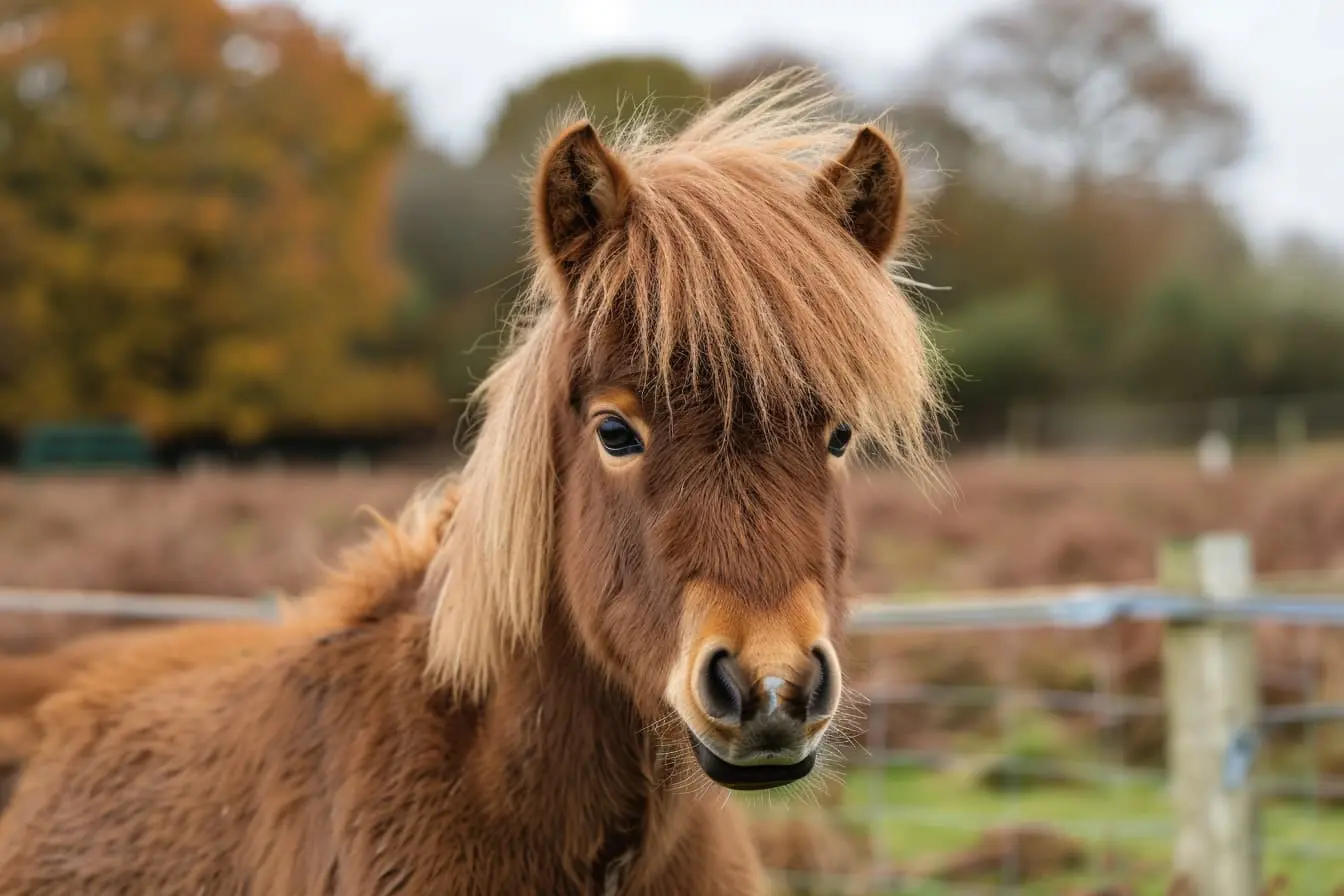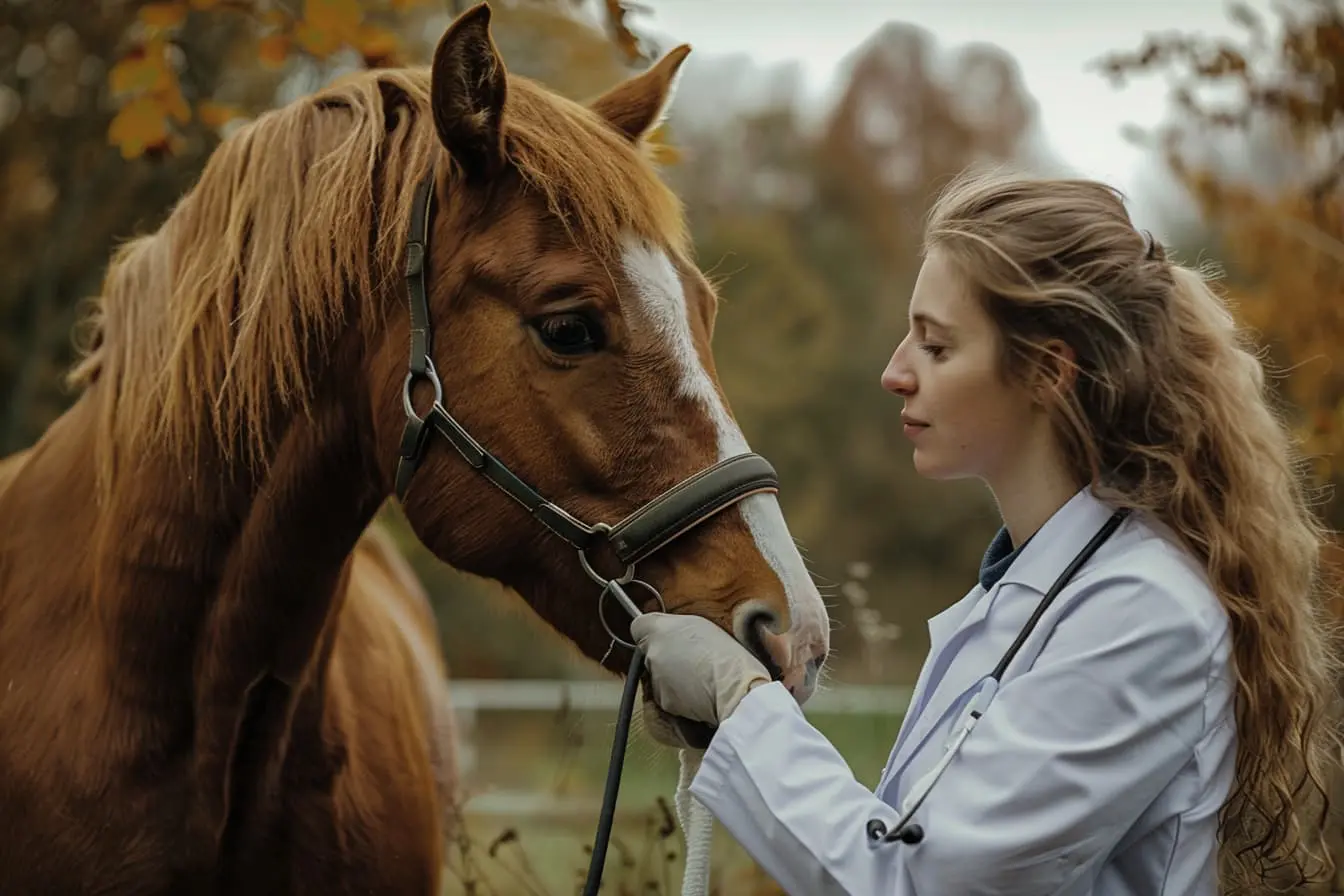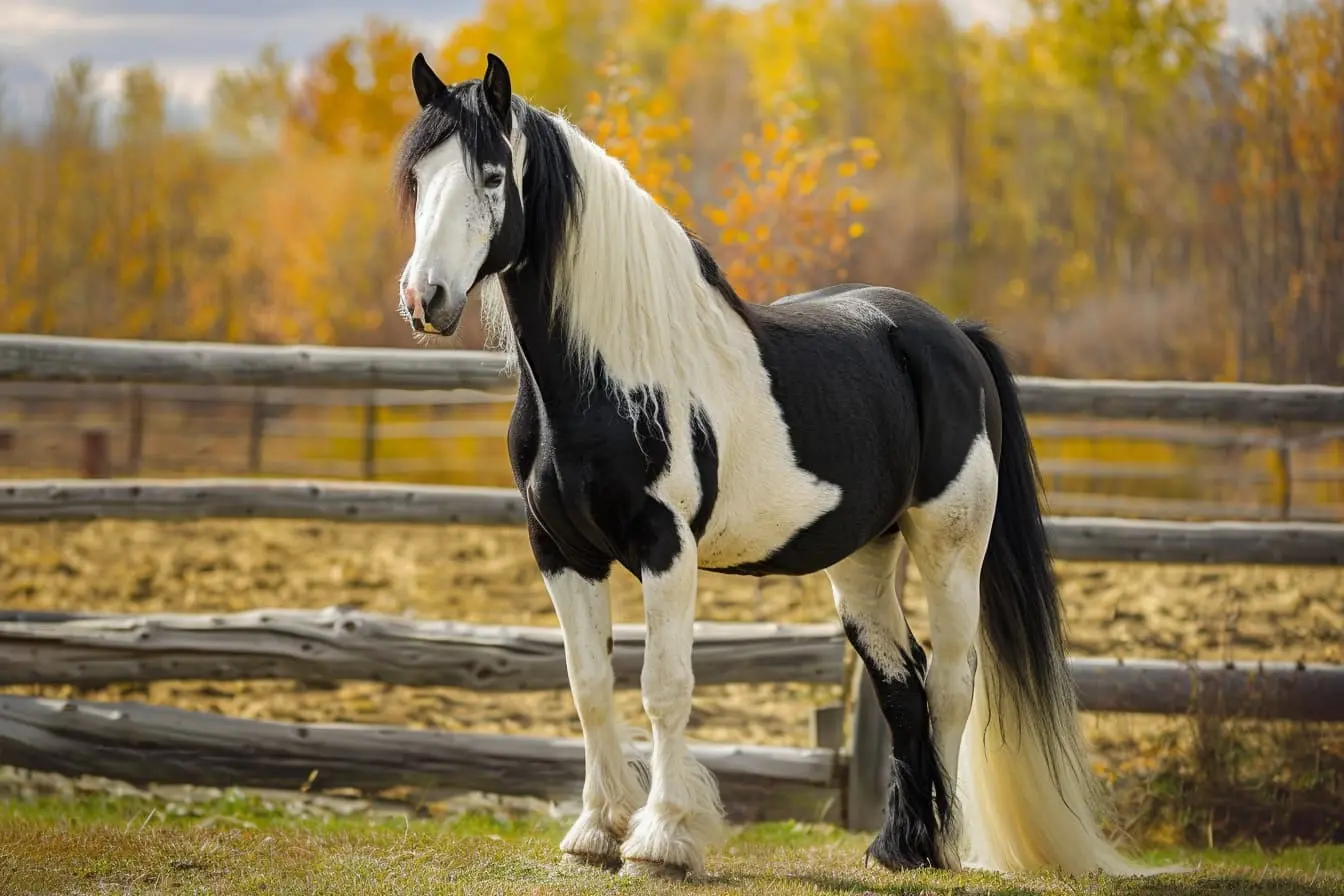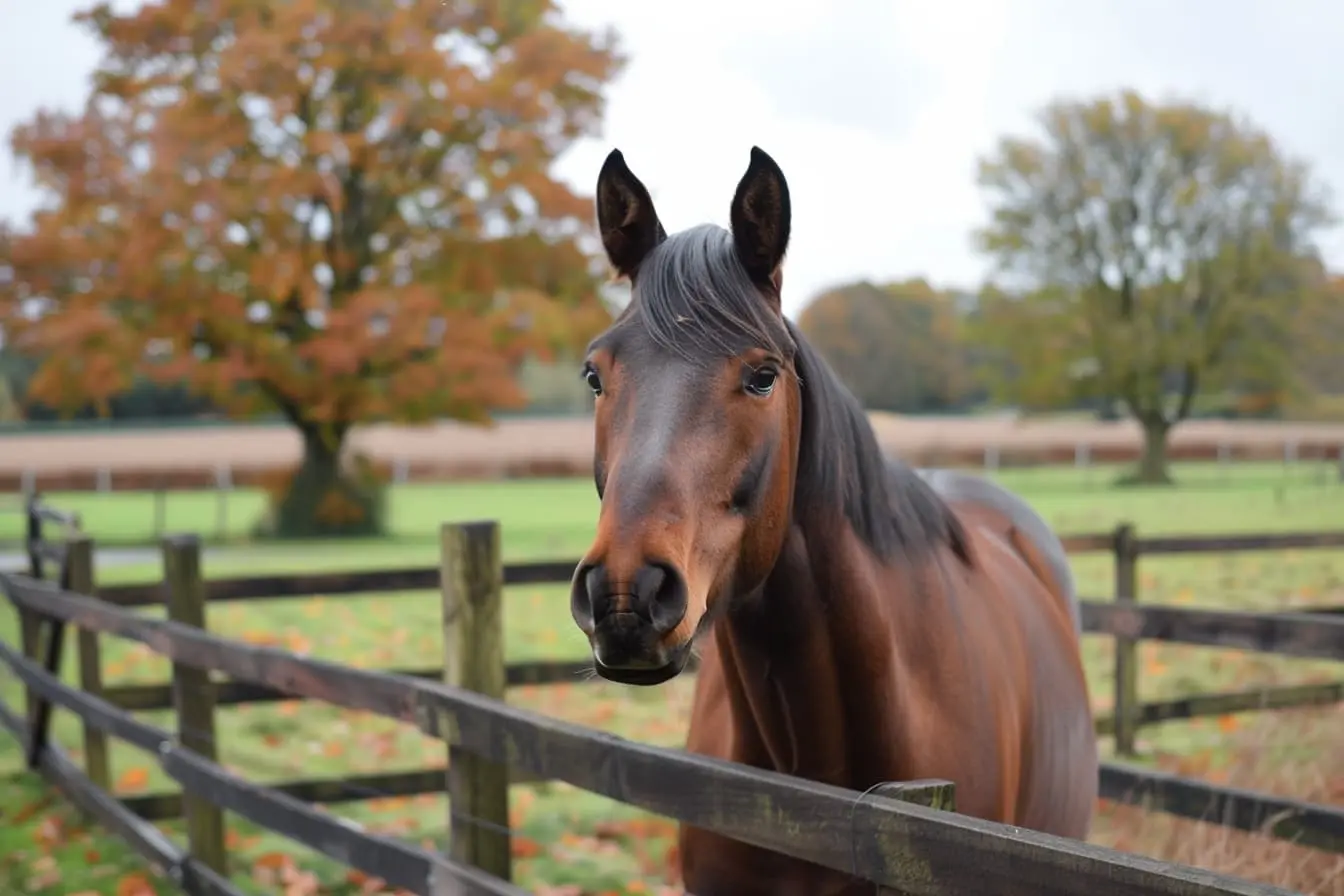
Embracing the Highland Pony: A Guide for New Owners
Venturing into horse ownership is a rewarding yet demanding journey, one that requires careful consideration of the breed that best matches your lifestyle and equestrian goals. The Highland Pony, with its steadfast nature, rugged beauty, and versatility, stands out as a compelling choice for many aspiring horse owners. This Scottish native breed, known for its resilience and gentle temperament, offers a unique blend of companionship and functionality. This blog post aims to provide a comprehensive overview of the Highland Pony, helping prospective owners understand what to expect and decide if this breed is the right fit for them.
Understanding the Highland Pony
Historical Background
The Highland Pony is one of the oldest and most purebred native horse breeds in Britain. Originating from the Scottish Highlands and Islands, these ponies have been shaped by the harsh climate and rugged terrain of their homeland, developing into hardy, versatile animals capable of carrying heavy loads over difficult terrains.
Breed Characteristics
Highland Ponies typically stand between 13 and 14.2 hands (52 to 58 inches) at the withers, with a weight that reflects their sturdy build. They come in a variety of dun shades, as well as grey, brown, black, and occasionally bay, with a dense coat that provides insulation against harsh weather conditions.
The Highland Pony's temperament is one of its most endearing qualities. Known for their calm, kind, and willing nature, these ponies are ideal for a range of owners, from beginners to more experienced equestrians. Their intelligence and versatility make them suitable for many disciplines, including trekking, dressage, jumping, and driving.
Considerations for Prospective Highland Pony Owners
Care and Maintenance
Despite their hardy nature, Highland Ponies require regular care to maintain their health and well-being. This includes routine veterinary check-ups, vaccinations, dental care, and hoof maintenance. Their thick coat needs regular grooming, especially in winter, to prevent matting and skin issues.
Lifestyle and Time Commitment
Owning a Highland Pony, or any horse, is a significant time commitment. Daily tasks such as feeding, grooming, exercising, and stable management are essential. Prospective owners need to consider their lifestyle and ability to dedicate sufficient time to care for their pony.
Financial Consideration
The cost of owning a Highland Pony extends beyond the initial purchase price. Ongoing expenses include feed, bedding, veterinary care, farrier services, and insurance. Potential owners should carefully budget for these costs to ensure they can provide for their pony's needs.
Training and Activities
Highland Ponies are known for their trainability and eagerness to please, making them a joy to work with. While they excel in trekking and long-distance riding, their versatility allows them to participate in a variety of equestrian disciplines. It's important for owners to engage in regular training sessions and provide ample opportunities for exercise to keep their pony mentally and physically stimulated.
Making the Decision
Deciding to own a Highland Pony is a significant commitment that should not be taken lightly. These ponies offer numerous rewards, including companionship, the joy of equestrian sports, and the satisfaction of caring for these magnificent animals. However, prospective owners must realistically assess their ability to meet the needs of a Highland Pony, including time, financial resources, and lifestyle compatibility.
For those considering this breed, it's advisable to spend time with Highland Ponies, either through visits to breeders or equestrian centres, to gain firsthand experience of their nature and requirements. Knowledge is key to a successful and fulfilling ownership experience.
In conclusion, the Highland Pony represents a wonderful choice for new horse owners, offering resilience, versatility, and a gentle temperament. For those ready to embrace the challenges and joys of horse ownership, a Highland Pony could be the perfect companion for adventures both in and out of the saddle.
Vets near you
Speciality vets
- Aquatics vet specialists
- Birds vet specialists
- Camelids vet specialists
- Cats vet specialists
- Cattle vet specialists
- Deer vet specialists
- Dogs vet specialists
- Equines vet specialists
- Exotic vet specialists
- Goats vet specialists
- Pigs vet specialists
- Poultry vet specialists
- Sheep vet specialists
- Small Mammals vet specialists
- Wild vet specialists



